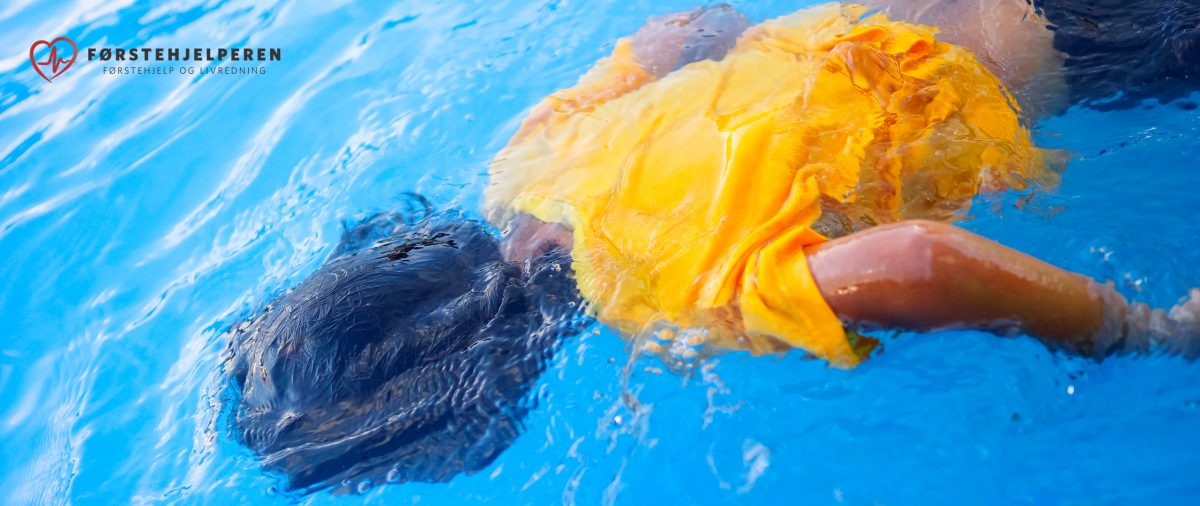Les dette først:
Livredning i vann – teoridel
Hvordan gjennomføre dette kurset.
Vi anbefaler at du benytter Google Chrome som nettleser når du tar dette kurset
Du er nå logget inn på vårt digitale livredningskurs. Denne teoridelen må gjennomføres i sin helhet før du kan delta på vår bassengtrening med avsluttende livredningsprøve. Du vil ha tilgang til nettkurset i 6 måneder fra det tidspunktet du starter, og den praktiske delen må tas innen 6 måneder etter avsluttet nettkurs.
Ta med deg bekreftelsen på fullført teoridel når du kommer til den praktiske delen. Ta med en utskrift eller synlig på mobiltelefonen din. Uten bekreftelse får du ikke delta på den praktiske delen.
Når du starter en modul, må denne sees i sin helhet før du får tilgang til Quizen. Du vil ikke kunne gå videre til neste del av kurset før du har sett hele videoen.
Quizen må også besvares før du kan gå videre. Har du svart feil på spørsmålet, får du vite hva som er rett svar i fasiten. Legg merke til det før du går videre. Skulle du fremdeles være usikker etter Quizen, kan du se videoen på nytt så mange ganger du måtte ønske.
Når du er ferdig med hele kurset, sett alle kapitlene og besvart quizene, trykker du på «Klikk her for å avslutte denne delen». Da kommer ditt diplom for fullført teori fram, og dette skal du ta med når du møter til praktisk trening i basseng. Diplomet kan du enten skrive ut, eller ta et bilde av med din mobiltelefon og ta med.
Gyldighet:
Etter fullført teoridel og bestått livredningsprøve vil du få ditt personlige kompetansebevis. Dette er gyldig i 12 måneder. Deretter kan du gjøre oppfriskning av sertifikatet 2 ganger, etter 12 måneder og etter 24 måneder. Etter at 2. oppfriskning utgår må du igjen gjennomføre fullt livredningskurs.
Oppfriskningen består av at du avlegger- og består livredningsprøven i basseng på nytt. Kompetansebeviset skal du ha med deg på alle aktiviteter i eller ved vann, og dersom du skal delta på et oppfrisningskurs.
Begrensninger:
Avlegger du livredningsprøven og består dykkedelen til en bestemt dybde vil du ikke ha lov til å være ansvarlig for andre i et basseng med større maksimumsdybde enn den dybden du har bestått livredningsprøven til. Har du avlagt dykkeprøven til for eksempel 2,5 meter kan du ikke ta med de du har ansvar for inn i et basseng med for eksempel 4 meter dybde.
Utendørs
Skal du ha livredningsprøven slik at du har lov til å dra på tur i – eller nært vann er det ingen dybdebegrensning. Her holder det om du avlegger livredningsprøven med en dykkedybde på for eksempel 2 meter. Det du skal vise er at du har dykketeknikk.
Temperatur
For din egen sikkerhet skal du også vite hvordan det er å bade i vann med tilsvarende temperatur som vannet holder der du er på tur den dagen. Dvs at senhøstes bør alle som skal ha ansvar for andre i – eller ved vann – ta seg et akklimatiseringsbad slik at kroppen vet hvordan den reagerer på kaldt vann. Dette for at ikke du selv skal få et problem hvis du må ut i vannet for å hjelpe noen andre.
Førstehjelpskurs
Vi understreker at dette er et livredningskurs, ikke et førstehjelpskurs. Jobber du med, eller har ansvar for barn, skal du i henhold til «Forskrift om miljørettet helsevern i barnehager og skoler m.v. § 15» ha opplæring i førstehjelp. Alle seriøse aktører anbefaler kurs minst hvert annet år for å være oppdatert. Du finner informasjon om våre førstehjelpskurs på vår nettside.
Kursoversikt: forstehjelperen.no
På livredningskurset skal du blant annet vise at du kan hjerte- lungeredning på barn og voksen i forbindelse med avlegging av livredningsprøven. Du vil få repetere HLR sammen med oss før livredningsprøven.
Når barnehager, skoler og aktivitetsskoler er ansvarlig for svømming eller bading, eller har med seg barn/ungdom i nærheten av vann, skal det være voksne med godkjent livredningskurs tilstede. Grupper med barn skal aldri være større enn maks 15 pr. tilsynsperson og vedkommende må være flink til å svømme, dykke – og må kunne livredning.
Kilde: Forskrift til opplæringsloven § 12-1
Kilde: Forskrift om miljørettet helsevern i barnehager og skoler m.v § 15

